
Common Blue Violet Soothing Medicine, Inside and Out Recipe
The common blue violet is a familiar site in yards and other open areas during the spring. It and other violets are the host plants for a species of mining bee and the caterpillars of several species of fritillary butterflies. Photo credit: Joshua Mayer, cc-by-sa 2.0. The common blue violet has two different methods of pollination.
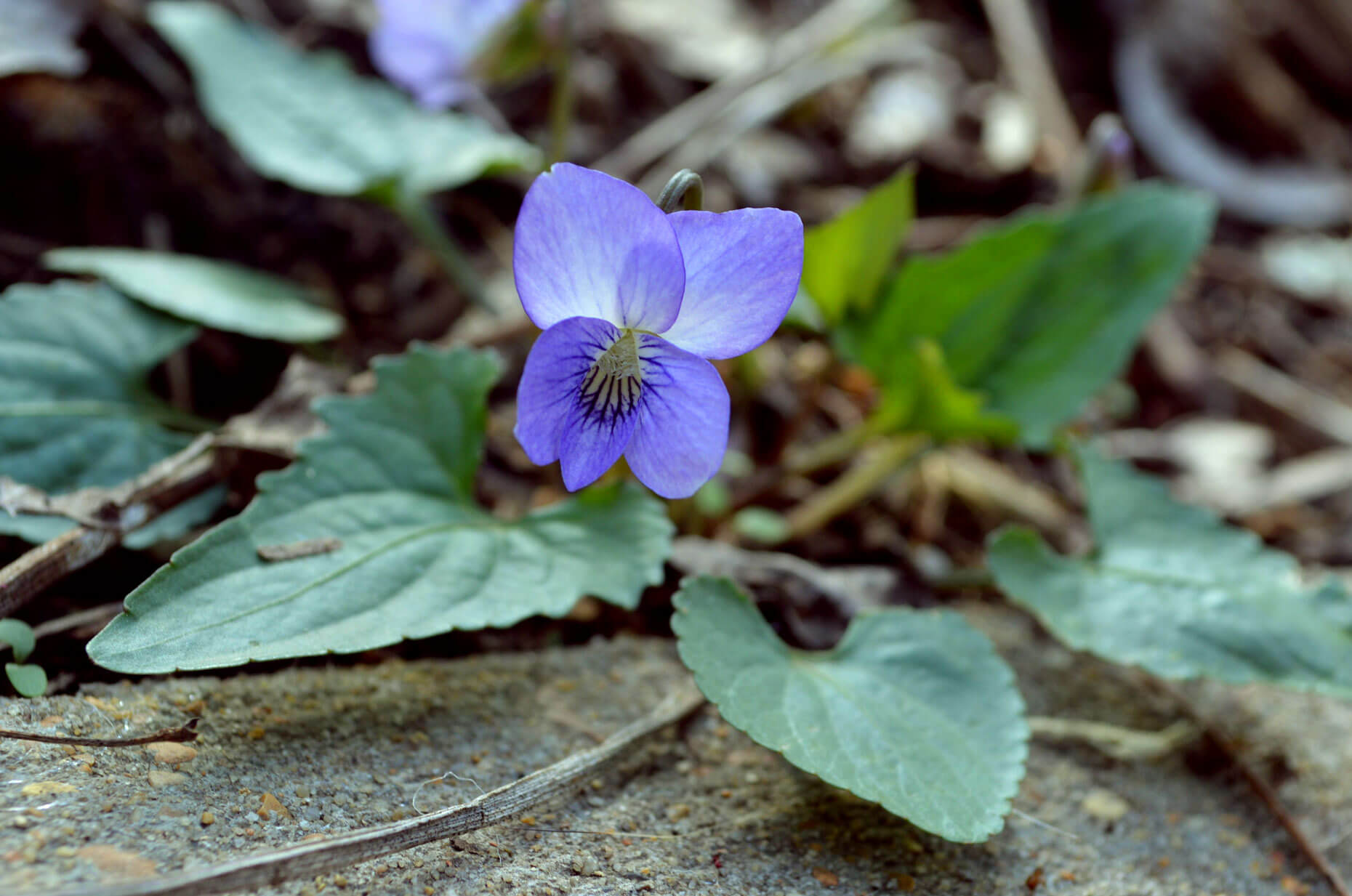
Common Blue Violet (Viola sororia)
Looking For Violet Flower Seeds? We Have Almost Everything On eBay. But Did You Check eBay? Check Out Violet Flower Seeds On eBay.

20 Organic Common Blue Violet seeds Viola sororia Native *Free US
The Common blue violet ( Viola sororia) is a widespread wildflower of central and eastern North America, familiar not only on lush forest floors and glades but also in suburban lawns, city parks, busy roadsides, sidewalk cracks and overgrown lots. It's prolific and hardy enough in turf and gardens that it frequently gets saddled with "weed" status.
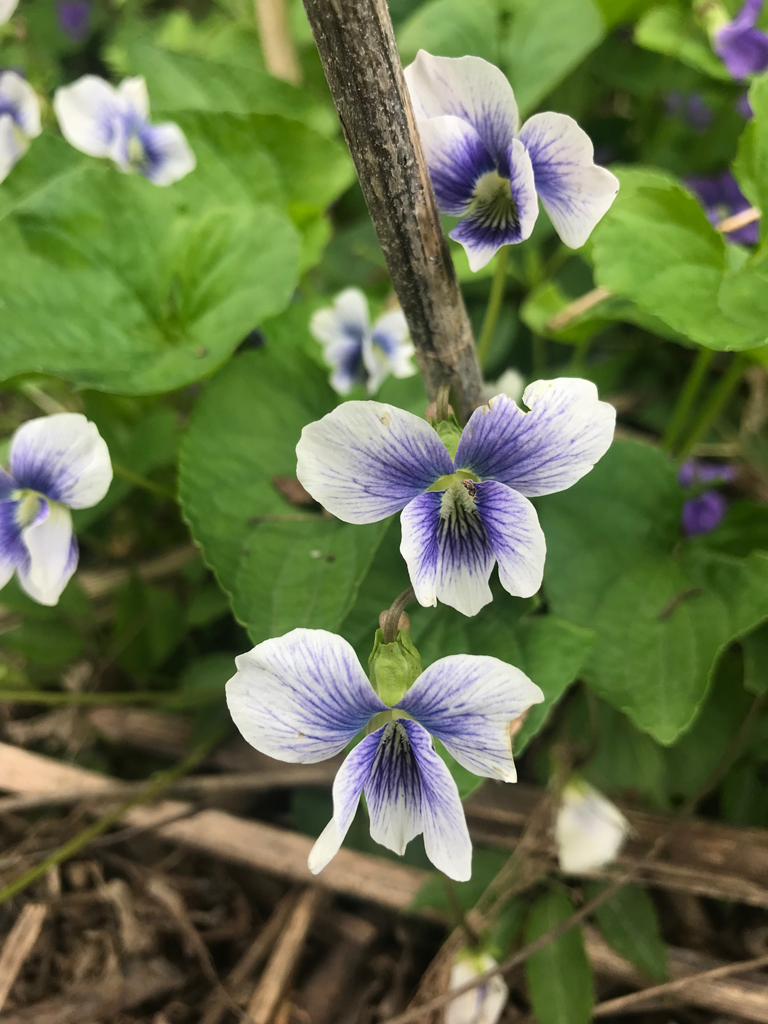
Viola sororia f. priceana Common Blue Violet, bicolored form Prairie
Viola sororia ( / vaɪˈoʊlə səˈrɔːriə / vy-OH-lə sə-ROR-ee-ə ), [5] known commonly as the common blue violet, is a short-stemmed herbaceous perennial plant native to eastern North America. It is known by a number of common names, including common meadow violet, purple violet, woolly blue violet, hooded violet, and wood violet. [5]
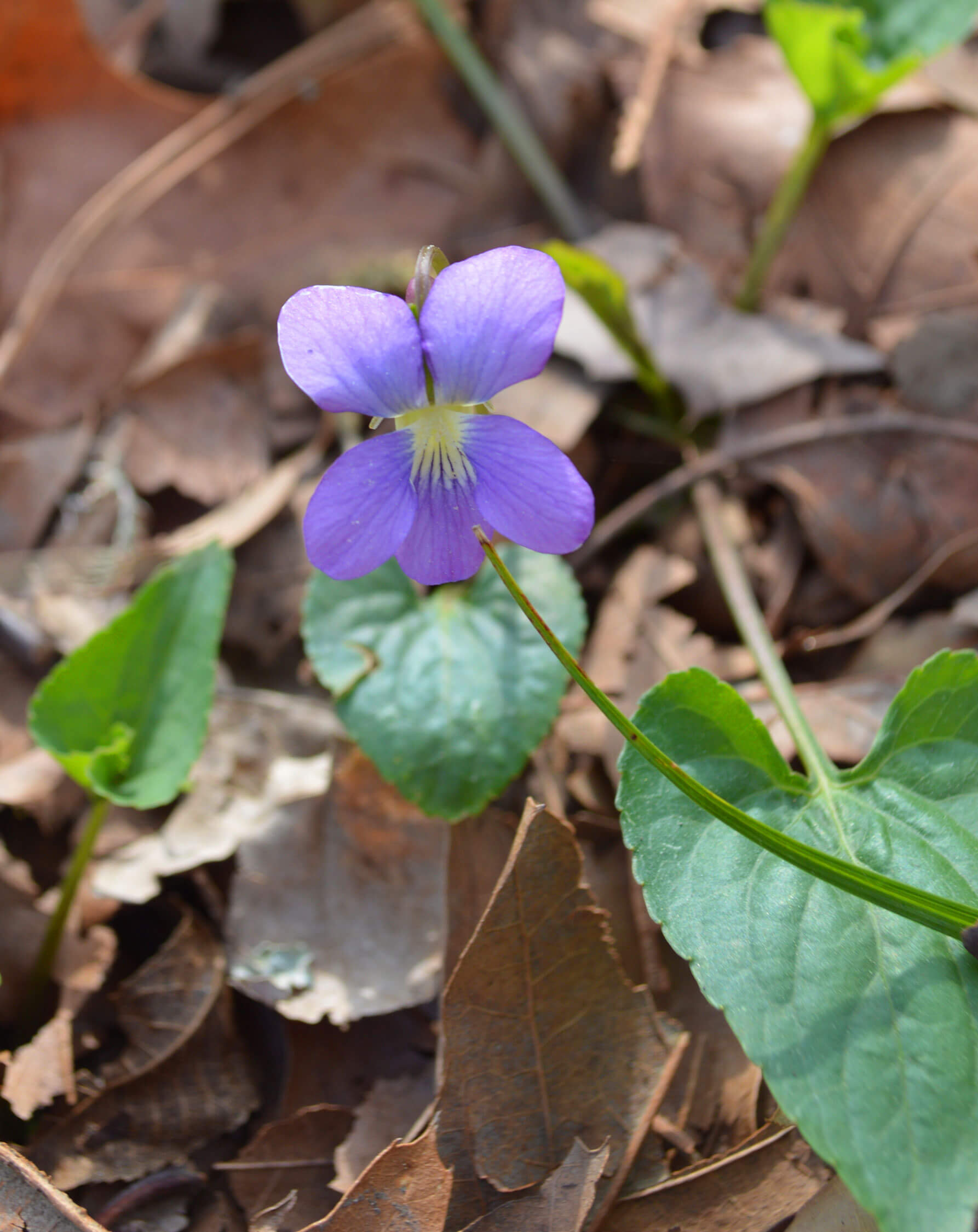
Common Blue Violet (Viola sororia)
Common wild violets and sweet violets are in the Viola family, making them relatives to our more modern garden pansies and violas, which are covered in detail in our article: How to Grow Pansies & Violas From Seed. Violets are perennials that return and spread year after year, while pansies/violas are much shorter lived.
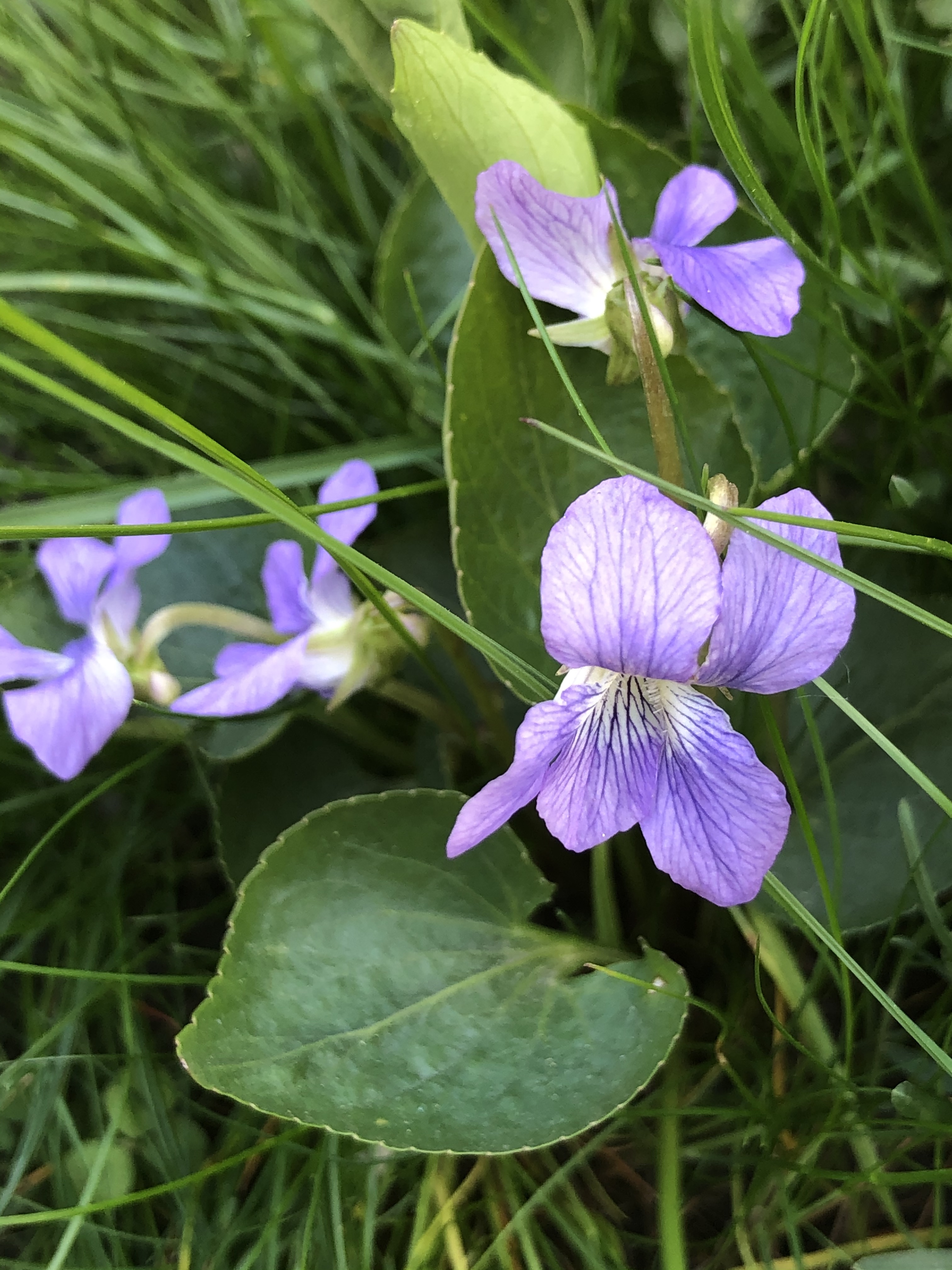
Wild edibles Common blue violets UMN Extension
Common blue violet is a common weed of turf and landscapes. It is also found in meadows, woods, and roadsides. Though it thrives in cool, moist, shady conditions but will also tolerate drought conditions. Description Common blue violet has smooth green heart-shaped leaves.
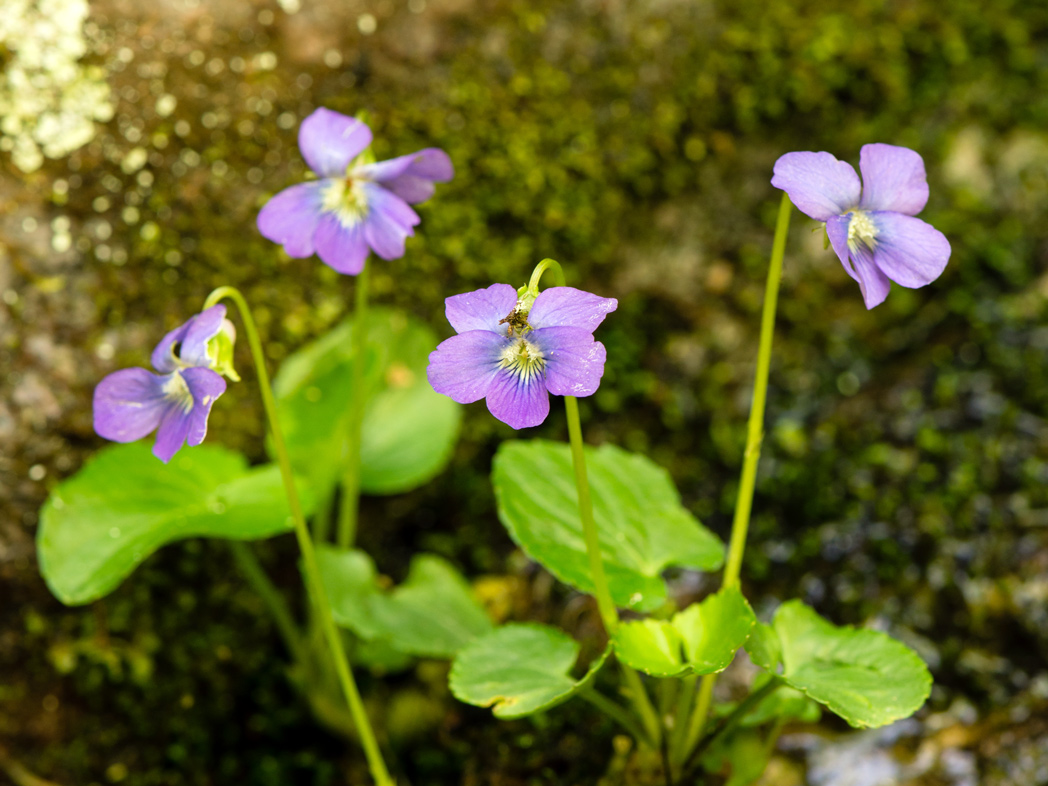
Indoor Violet Plant Online Buy, Save 58 jlcatj.gob.mx
Common blue violet leaves are heart-shaped or ovate with rounded tips. They often have a slightly serrated or scalloped edge. The leaves arise from the base of the plant and are typically on long stalks (petioles). 2. Flowers: The flowers can range in color from blue and violet to purple and white.

Plant family backlog Arnold Zwicky's Blog
Common blue violet is a rhizomatous clumping annual in the Violaceae (violet) family native to eastern and central North America. It grows 6 to 10 inches in height and width, and is found in woods, thickets, and along streambeds, especially in shadier areas. The common blue violet prefers moist, rich soils and dappled sunlight.
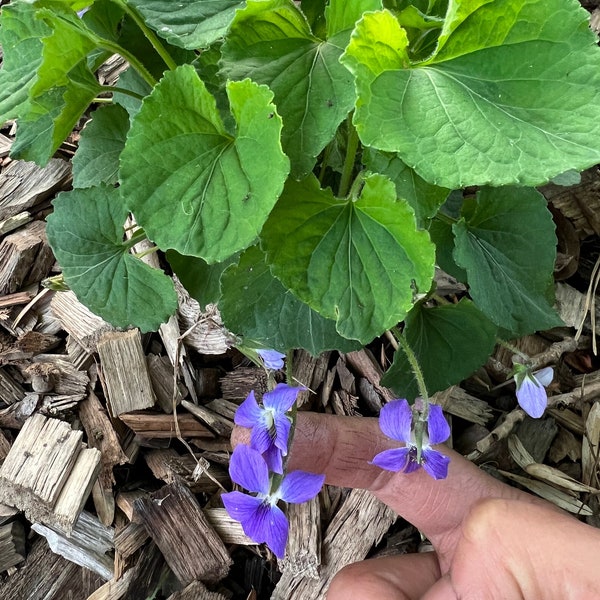
Wild Violet Seeds Etsy
All About the Common Blue Violet Flower Pretty, old-fashioned, picturesque. All are good descriptors of the common blue violet, Viola sororia. Edible, useful, and (sometimes) invasive are also apt descriptors, as is cheering, for common blue violets are harbingers of spring.
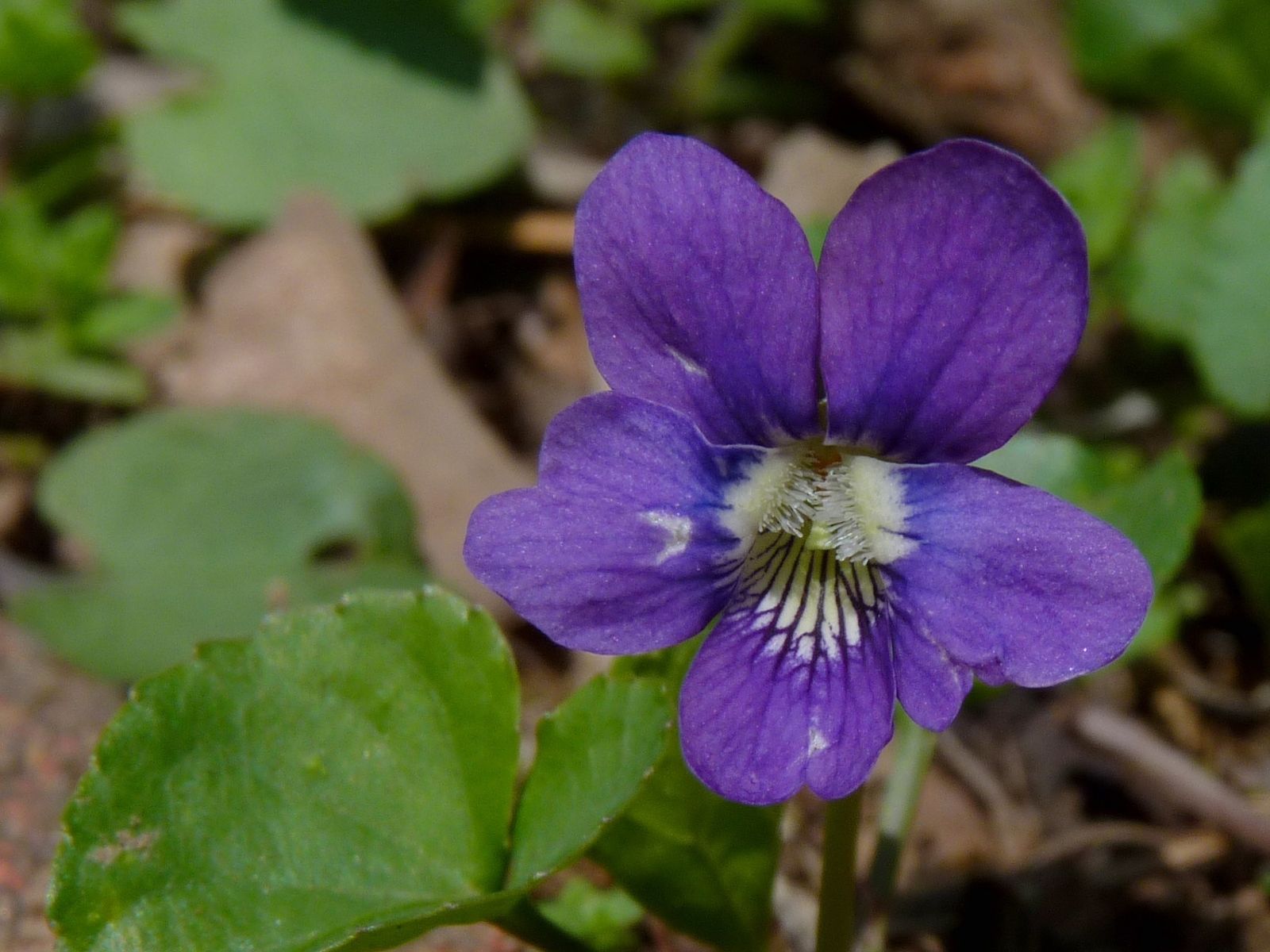
Common Blue Violet Wallpapers Wallpaper Cave
Heart-shaped, scalloped, hairy to nearly glabrous leaves with small flowers (mostly in spring and early summer) that are typically blue-purple with white throats or sometimes white. Host plant for caterpillars of the Great spangled fritillary butterfly (Speyeria cybele). May not be available in the nursery trade, but commonly found in yards.

POWER FLOWERS NEW JERSEY STATE VIOLET
Commonly referred to as Confederate Violet, this naurally-occuring bi-colored variation of Common Blue Violet is a nice plant for small gardens or edges. The flowers start early spring and can last well into the summer months. Some plants may re-bloom later in the summer and into fall.
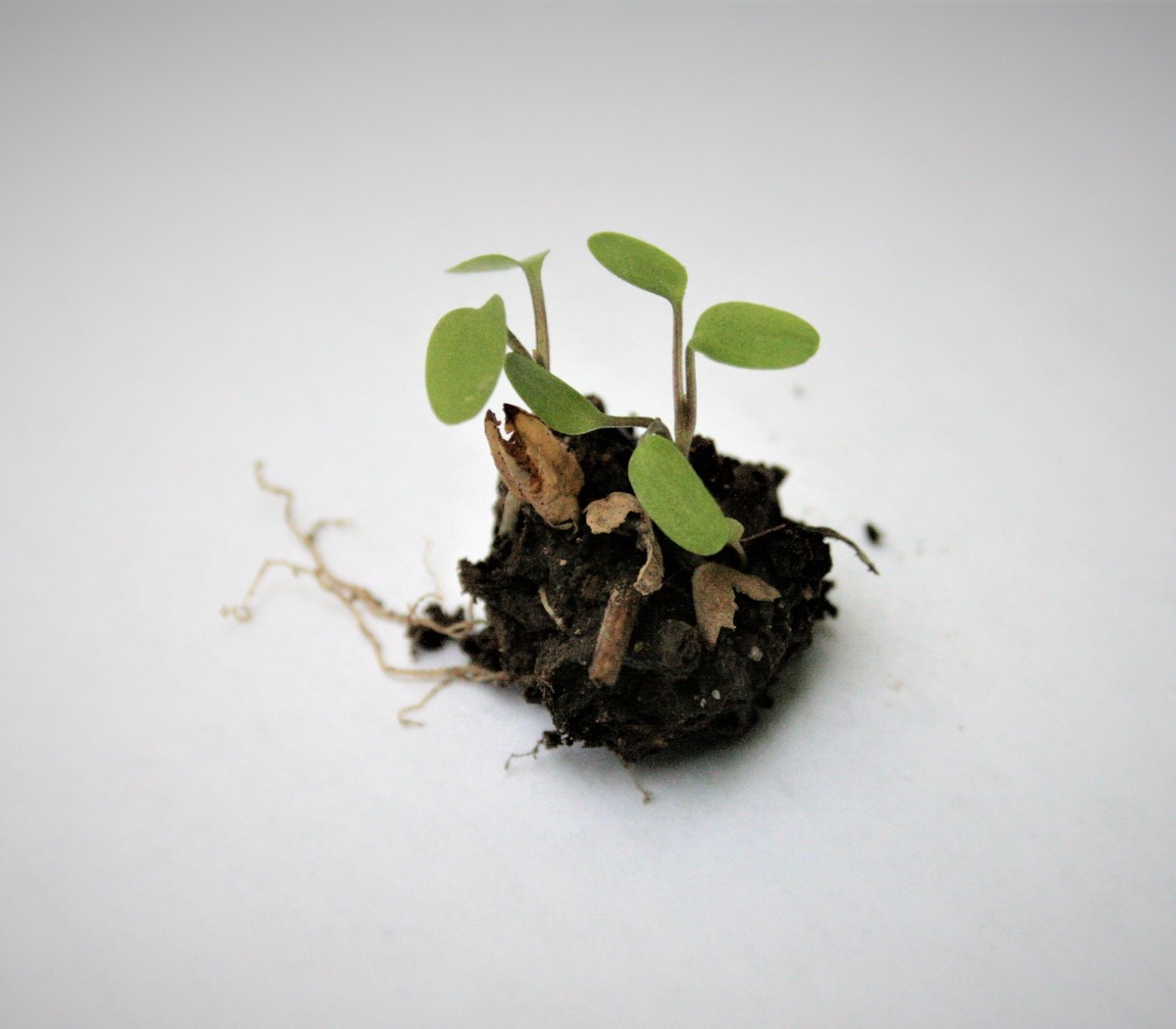
A Homebody's Guide to Common Blue Violets Dengarden
Planting Tips Care Pests and Problems Propagation While many of the 500+ species of violets are perennial, these rugged plants can also be treated as annual plants for early spring color. Because violets tolerate cold temperatures, they can be the first flowering plants placed outdoors in the garden or containers.

Violaceae Viola sororia Woolly Blue Violet Blue Violet
Common Blue Violet Common Blue Violet Plant Description. This small plant grows about 4 inches high and can be as wide as 5 or 6 inches. It is low to the ground, with the flower raised on a leafless stalk extending above the leaves. It is perennial and easily spreads through seeds. Common blue violet is native to the eastern United States.
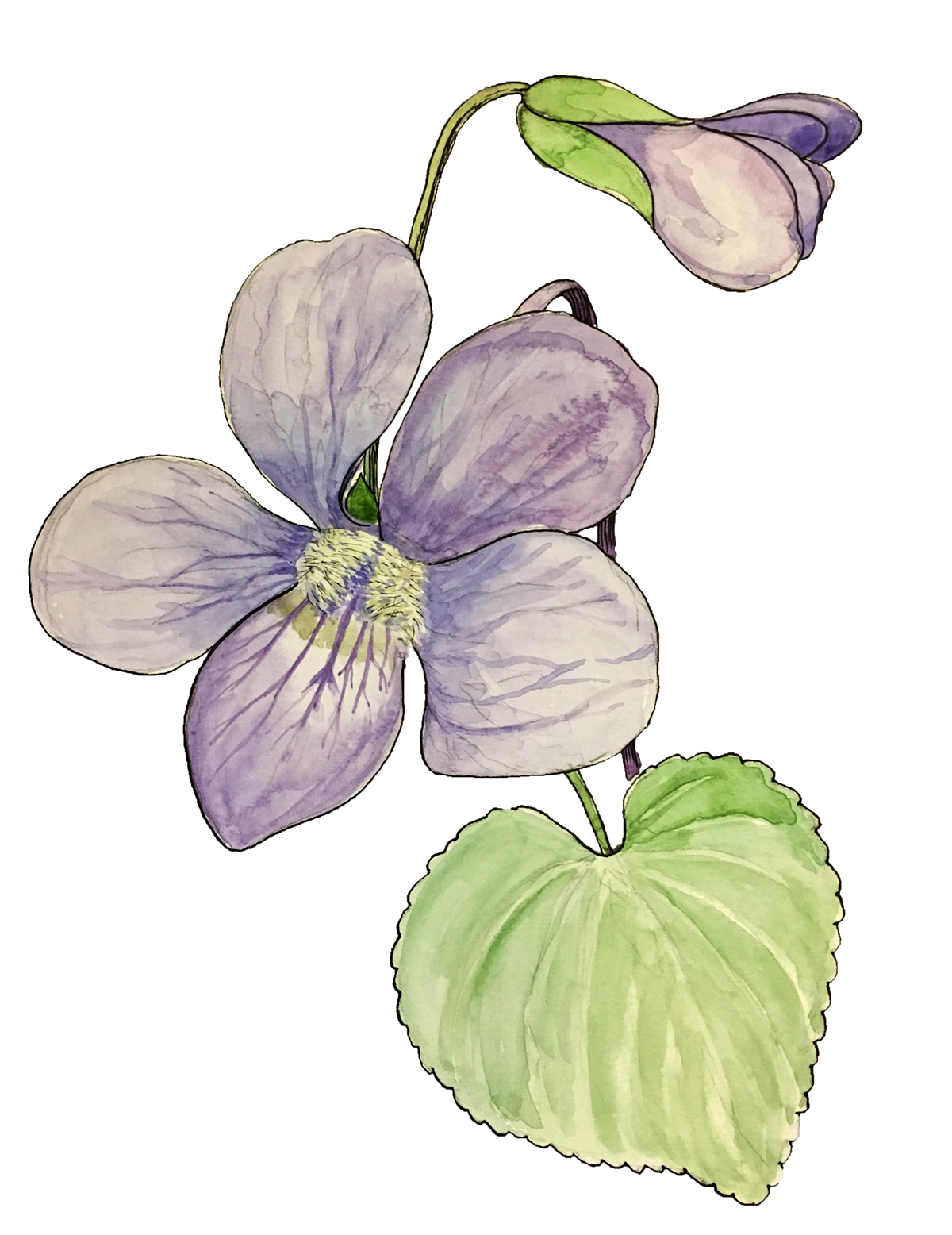
In Bloom Common Blue Violet The Laurel of Asheville
It has deep violet-purple flowers with yellow highlights. Plants grow 3 to 5 feet tall and 4 to 5 feet wide. Midnight Prairieblues: This is a complex hybrid of B. tinctoria, B. alba, and probably B. australis. Its flower spikes are extremely long (24 inches), deep blue-violet in color. Mature plants grow 4 to 5 feet tall by 3 1/2 to 4 feet wide.

20 Organic Common Blue Violet seeds Viola sororia Native *Free US
Native to eastern and central North America, Viola sororia (Common Blue Violet) is a stemless, low-growing perennial with glossy, heart-shaped leaves topped with attractive, large blue-violet flowers with conspicuous white throats. Each flower sits atop its own leafless stalk.
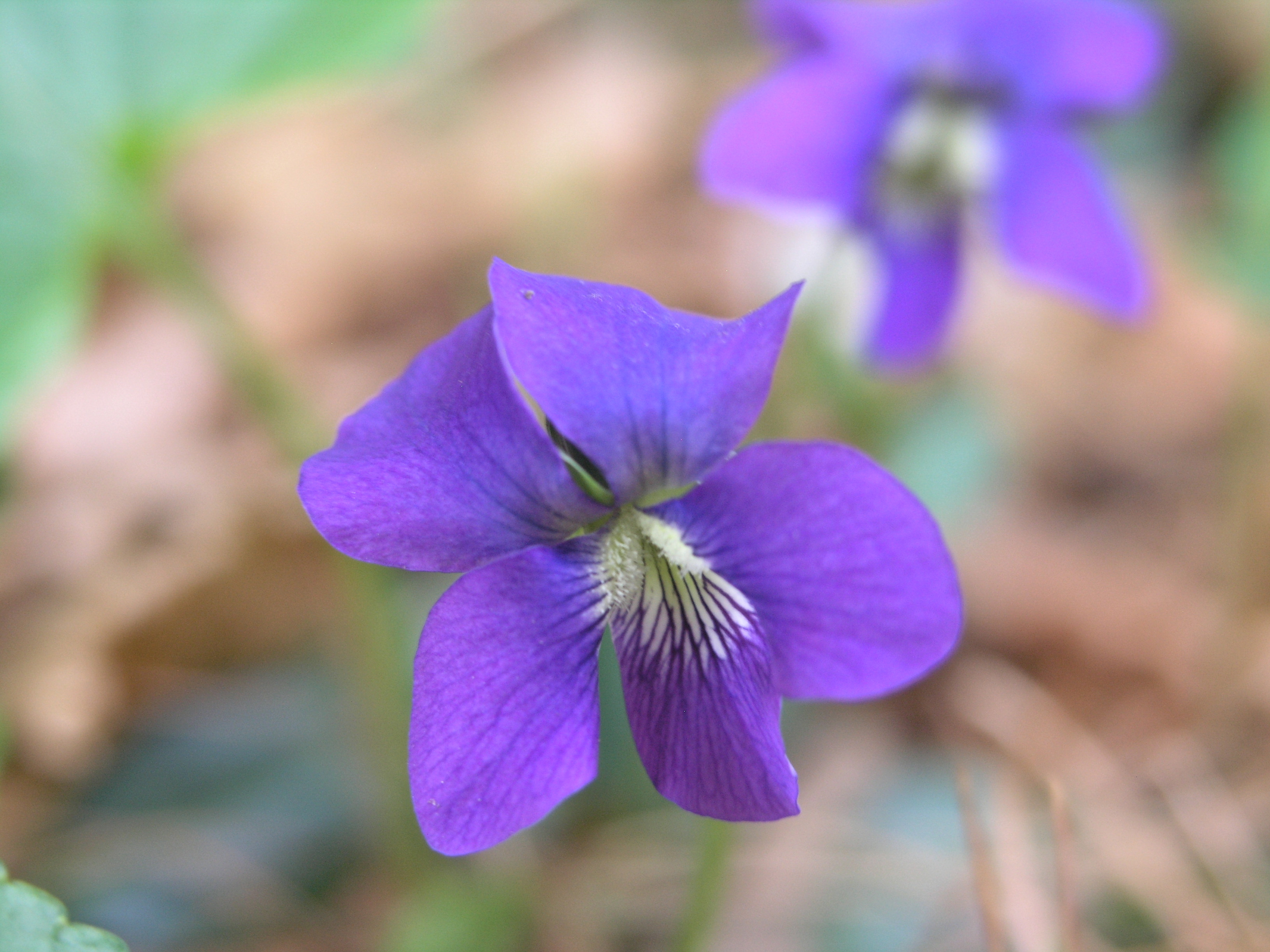
Common Blue Violet Watching for WildflowersWatching for Wildflowers
Some species, like common blue violets, can spread through stolons or rhizomes, so providing them with enough room to expand is essential.. Some species, like Viola tricolor (wild pansy) and Viola sororia (common blue violet), will readily self-seed and spread, creating a natural, effortless look. Pollinator garden: Include violets in a.